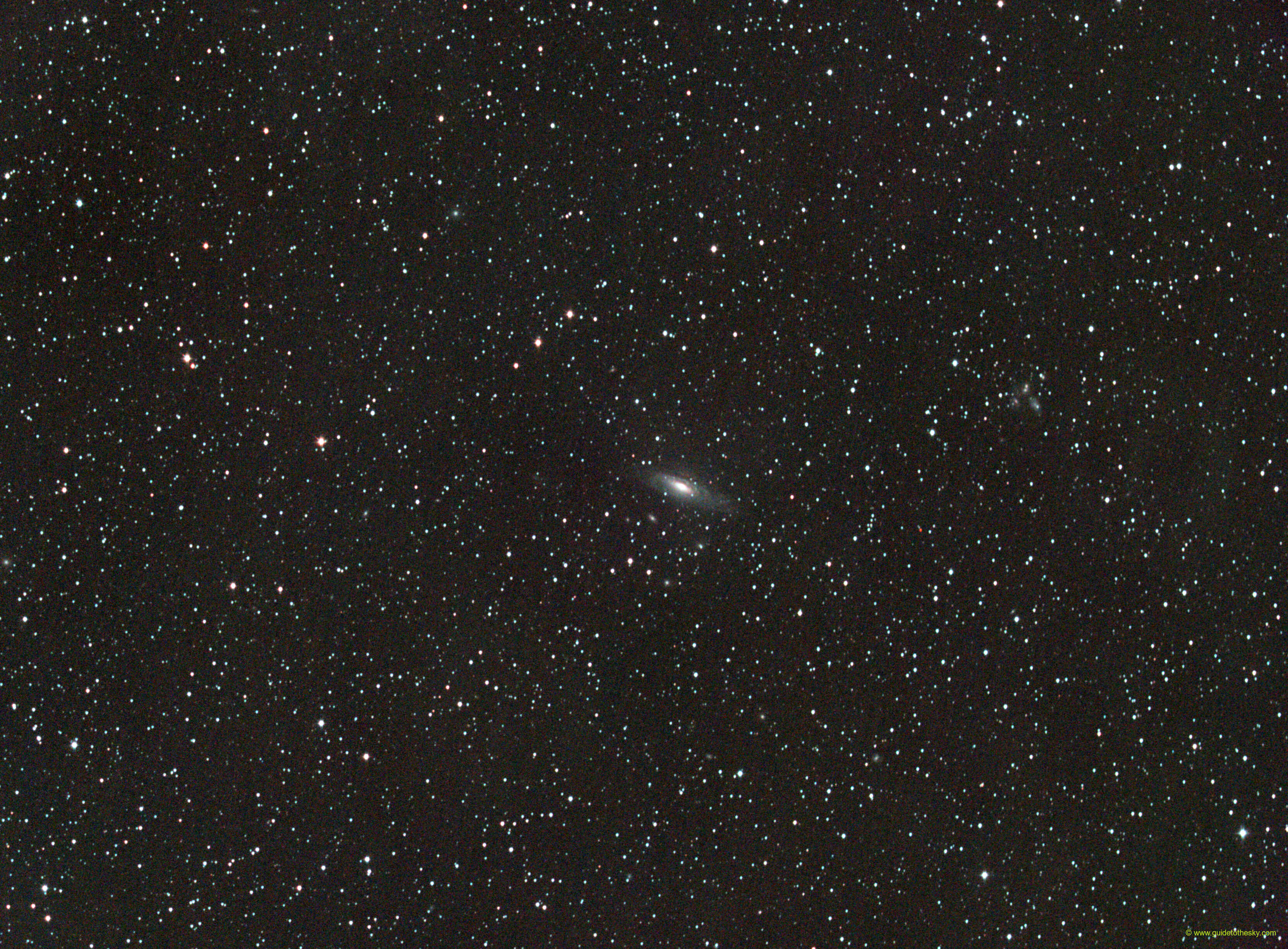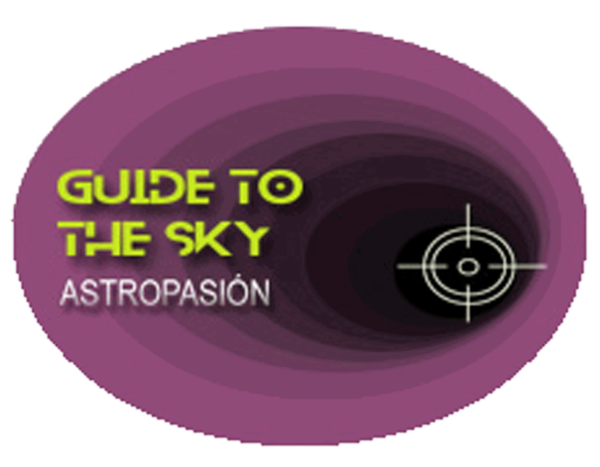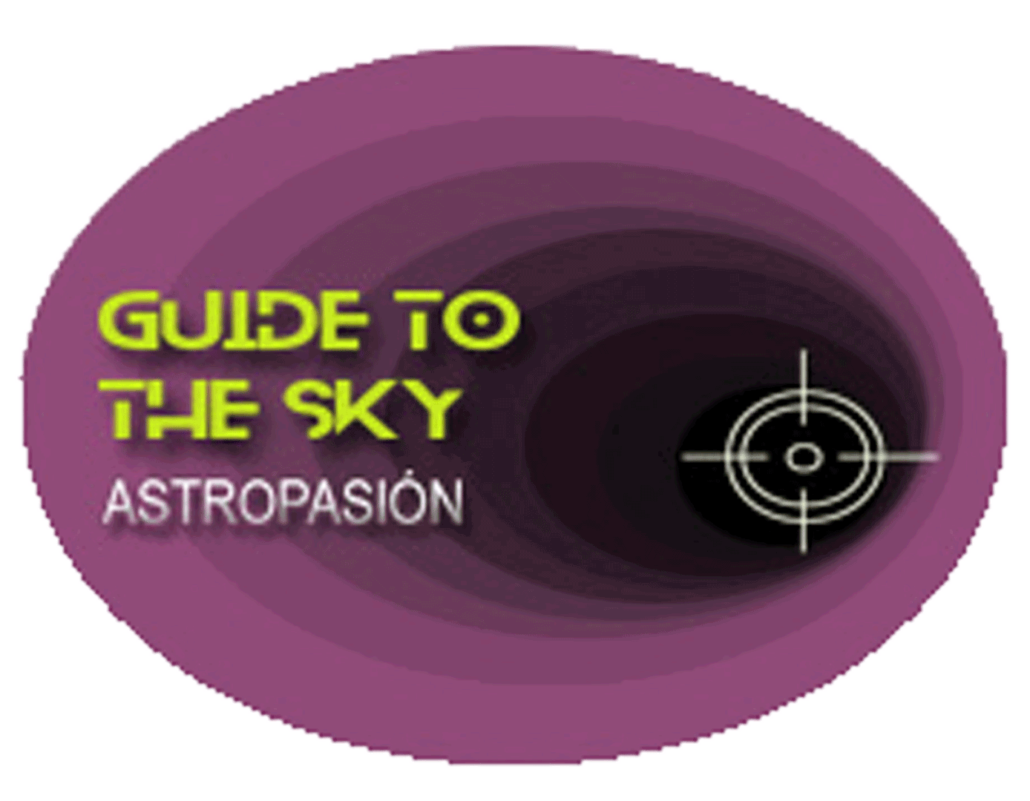NGC 7331 - Pegasus

Dista unos respetables {{ object[0].NGC7331.mesDistances[0].dist }} {{ object[0].NGC7331.mesDistances[0].unit }} y se aleja de nosotros a más de 800km/s según las últimas estimaciones. Es otra galaxia de la que es posible distinguir su forma espiral.
En el mismo campo es posible observar a algunas compañeras de NGC 7331 como NGC 7337 NGC 7338, NGC 7326, parece que formarían un grupo, pero es solo un efecto visual o de perspectiva, por ejemplo, NGC 7326 es mucho más lejana que la que nos ocupa NGC 7331 pues se estima que está situada a más de 110Mpc, esto es, una distancia 10 veces mayor.
Unos 40' al este de NGC 7331 tenemos el quinteto de Stephan formado por galaxias de 12 a 16ª magnitud y de la que hablaremos en una sección aparte. Del quitenteto, la más brillante, que es NGC 7320 parece estar mucho más cercana, por tanto no pertenece estar ligada gravitacionalmente al grupo ya que su desplazamiento al rojo es comparable al de NGC 7331. Si esto fuera cierto el quinteto sería en realidad un cuarteto, pues las otras cuatro sí que realmente parecen estar ligadas gravitatoriamente.
NGC7331 - Pegasus Galaxy, Galaxia de Pegaso - en la IA
NGC 7331 is a fascinating spiral galaxy located approximately 45 million light-years away in the constellation Pegasus. Here's a breakdown of what makes it interesting:
Key Features and Characteristics:
- Type: Unbarred Spiral Galaxy (Sa)
- Size: Approximately 50,000 light-years in diameter (about half the size of the Milky Way)
- Magnitude: Around magnitude 9.5, making it visible through good binoculars and small telescopes under dark skies.
- Appearance: Appears as a flattened, elongated disk. It's tilted significantly to our line of sight (inclined). This perspective gives us a good view of the spiral structure, although it can make it challenging to determine its true shape.
- Central Bulge: Has a prominent, bright central bulge.
- Spiral Arms: Well-defined, tightly wound spiral arms. These arms are regions of active star formation, characterized by bright blue stars, HII regions (ionized hydrogen gas), and dust lanes.
- Halo: Surrounded by a diffuse halo of stars and gas.
- Distance: 45 million light-years
Why is NGC 7331 Significant?
-
The "Milky Way's Twin": NGC 7331 is often referred to as the "Milky Way's twin" or "sister galaxy" because it's believed to be very similar to our own galaxy in terms of size, structure, and overall properties. However, as new data becomes available this idea may not be accurate.
-
Inclination: Its tilted orientation provides a valuable perspective for studying the structure and dynamics of spiral galaxies, allowing astronomers to analyze its spiral arms, bulge, and disk in detail.
-
Background Galaxies: Often photographed with a group of smaller, more distant galaxies known as Stephan's Quintet. This gives the illusion that they are near one another, but they are located at significantly different distances from Earth.
-
Supernovae: NGC 7331 has been the site of several observed supernovae, which are important for studying the life cycle of stars and calibrating cosmic distances.
Observing NGC 7331:
- Best Time to Observe: Autumn (September-November) when Pegasus is high in the night sky.
- Location: Pegasus constellation (coordinates: RA: 22h 37m 04.1s, Dec: +34° 24′ 56″)
- Equipment: Requires a dark sky and a telescope or binoculars. Larger telescopes reveal more detail in the spiral arms.
In Summary:
NGC 7331 is a beautiful and well-studied spiral galaxy that serves as a valuable comparison point for understanding the Milky Way. Its tilted orientation and prominent features make it a rewarding object for amateur and professional astronomers alike.
Más información sobre NGC 7331 en NASA/IPAC.
Mapa alrededor de NGC 7331
Otros identificadores de NGC7331:
"Gaia DR3 1903152720991758464","2E 4630" ,"IRAS F22347+3409" ,"ISOSS J22370+3426" ,"LEDA 69327" ,"MCG+06-49-045" ,"NGC 7331" ,"RX J2237.0+3425" ,"TC 402" ,"UGC 12113" ,"Z 514-68" ,"[BTW2003] J2237+3424" ,"[SLK2004] 1798" ,"[SRC98] 1" ,"[VDD93] 245" ,"2MASX J22370410+3424573" ,"1RXS J223705.9+342519" ,"2E 2234.7+3408" ,"UZC J223704.5+342501" ,"Z 2234.8+3410" ,"[M98c] 223447.7+340935" ,"IRAS 22347+3409" ,"PSCz Q22347+3409" ,"SDSS J223704.05+342456.8" ,

